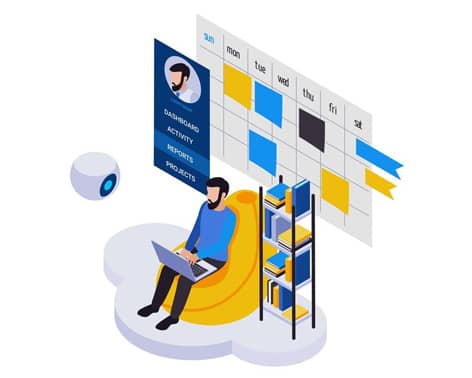Manage User & Permission :
This feature allows administrators to check and configure permissions for various user roles such as Admin, Employees, Teachers, Parents, and Students. It includes managing user IDs, passwords, and access levels to different modules or features within the ERP system, ensuring data security, role-based access control, and smooth functioning of user accounts.
Manage School Profile :
Admins can edit and update essential information about the school, including the logo, name, address, establishment date, contact numbers, principal's name, and other relevant details. This feature ensures that the school's profile information is accurate, up-to-date, and reflective of the institution's identity.



